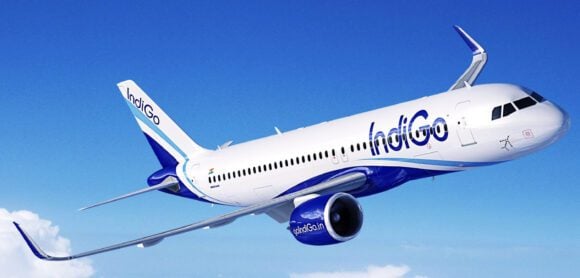
Ajay Singh e1569423223407
India’s budget airline SpiceJet has once again found itself in turbulence, with governance questions, operational mishaps, and mounting losses clouding its future.
The company’s 2024-25 annual report, released this month, disclosed that chairman and managing director Ajay Singh had received an interest-free advance payment of about $4 million, to be adjusted against his future salary. SpiceJet defended the move as being in line with company policy, but the optics jarred industry watchers.
The timing was awkward. The airline, which raised over $300 million late last year, has been struggling to stabilize operations.
On social media, the advance sparked chatter:
“SpiceJet’s fleet is grounded, market share at 1.9%, dues piling up—yet promoter Ajay Singh takes $4M advance, interest-free. Not a grant, just ‘salary adjustment,’ says the airline. In aviation, optics matter. And this one’s flying low,” wrote aviation enthusiast Ranjeet Naiknavare on X.
A proxy advisory firm echoed similar concerns in a newspaper report.
“Promoter taking advance salary when the company is under financial stress is not a good governance practice. The board can put out a dissent note in such cases,” said InGovern MD Shriram Subramanian.
Operational safety has also come under the spotlight this week as a wheel detached from a SpiceJet aircraft shortly after take-off at Kandla, rattling passengers. The flight continued on its path and landed safely in Mumbai.
Meanwhile, SpiceJet’s financial losses continue to mount. It reported a loss of about $29 million in Q1, usually one of aviation’s strongest quarters, with free cash reduced to just $36 million. Only 21 of its 56 aircraft are currently operational, leaving its market share stuck near 2%. Despite earlier promises to deploy 40 aircraft after its fundraising, that target remains unmet.
Brokerage firm Nuvama has cut its target price on SpiceJet stock, noting that the airline’s Q1 performance was below expectations. While it expects a steadier showing in the second quarter, Nuvama cautioned that the airline’s recovery will be gradual, and a complete turnaround remains the key factor to monitor.
On the brighter side, the airline says more capacity is coming soon. In interviews this week, chief business officer Debojo Maharshi said the carrier will “more than double” its operational fleet by November 2025, lifting daily flights from 125 to nearly 300. SpiceJet has lined up damp-lease deals for 18 aircraft, including two Airbus A340 wide-bodies for Bangkok and potential Europe routes, and expects to unground 10 aircraft by next April.
The strategy, however, comes with risks. Wet and damp leases are costly stopgaps, and SpiceJet will be competing against rivals flying more efficient aircraft like the A320neo and Boeing 737 MAX. IndiGo, for instance, will take delivery of its first long-range Airbus A321XLRs this December, enabling non-stop flights to Greece from January and potentially freeing up aircraft for domestic and regional expansion—moves that could squeeze SpiceJet further. Akasa Air and Air India, too, are steadily expanding with newer planes and deeper balance sheets.
The bigger challenge may be financial stamina. In aviation, cash is king, and with just $36 million left, SpiceJet’s cushion is perilously thin.
For now, SpiceJet is betting on leased capacity and ungrounded aircraft to buy time. But with IndiGo, Air India, and Akasa Air racing ahead with stronger finances, modern fleets, and global ambitions, SpiceJet’s survival depends on running far faster to stay in the game.
Views: 146



